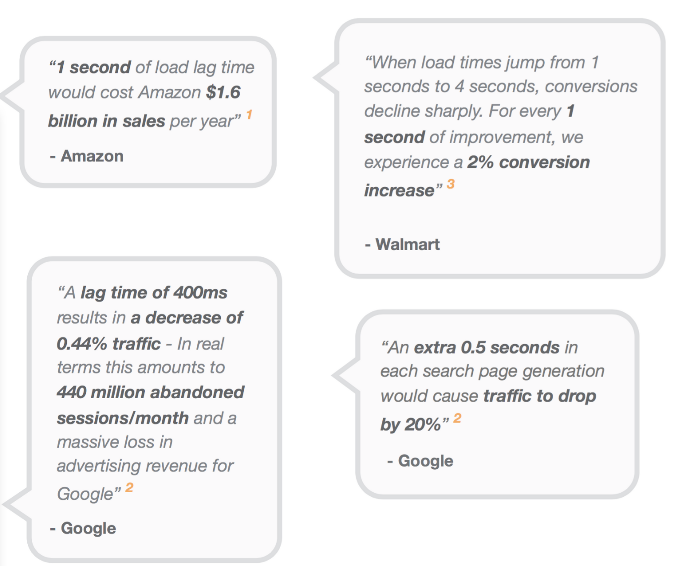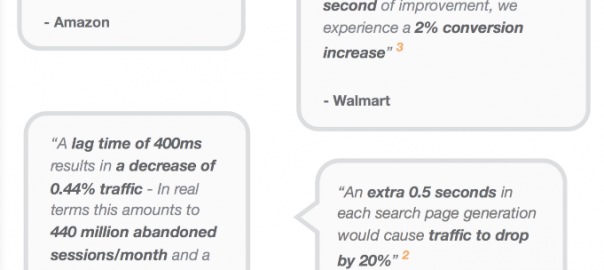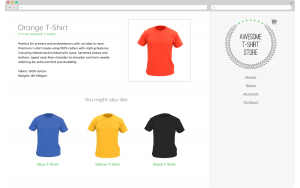— April 2, 2019
Starting your own online business requires time and tons of patience. You need to focus on communicating with your employees, making sure your customers are having a good experience, and keep an eye on your Google Analytic metrics — just to name a few daily tasks.
Many people struggle with their analytics and specific statistics contained within your website data. One of the biggest trouble points for new and veteran business owners alike is their bounce rate percentage.
Your bounce rate is the percentage of people who leave your website after only visiting a single page. As a result, you’ll miss out on conversions and creating an awesome customer journey if your audience is leaving before they even see what you have to offer.
We want to take a dive into bounce rates and see what issues owners are running into and how you can improve your own website’s bounce statistics.
What’s an Average Bounce Rate?
The average rate which someone leaves your site without navigating varies based on the niche and the type of website. Neil Patel covered bounce rate stats in an infographic and the data revealed just how varied they can be from site to site, as you can see below.

The average across all sites is around 40 percent. However, if you have a simple landing page you may find that your bounce rate is much higher, between 70 and 90 percent. That’s because the purpose of the page differs from a site like MSN, or similarly a full-blown retail website.
So, how do you improve your bounce rate?
Optimize Your Website for All Platforms
At this point, most people are not going to land on your website from their desktop computer. Everyone has a smartphone in their pocket and they are likely going to use this device to check out your website.
Statistics from 2018 show that people are using mobile devices to go to websites a little over 50 percent of the time. Due to this yearly shift towards mobile. It’s important that you optimize your website to work on all platforms, not just the ones you think your customers are going to use.
If someone happens to wander onto your page will they be able to have an amazing experience on their laptop, mobile device, and tablet? If not, that is something you need to discuss with your development team and fix as soon as possible.
Run Speed Checks Often
Aside from platform compatibility, website speed is also a huge factor in determining whether or not a potential lead will stay on your website.
According to one study, a delay of just one second can cause a major dip in sales. As you can see from the stat image below, an extra one second delay would cost a company like Amazon over one billion dollars. Customers expect a fast, clean experience. If you’re unsure whether or not your website is up to snuff, consider this: most people expect a website to load in about two seconds.

Run Split Tests
Another great way to improve your bounce rate is by running split tests, also known as A/B testing. Essentially, you’re going to want to look at your page and see what you can do differently and set up two separate campaigns to see which one performs better.
A case study from OptinMonster revealed that one company was able to increase their conversions by a staggering 852 percent by implementing split testing on their website. Small changes that direct your potential customer’s eyes and more value-rich offers can make a big impact on whether people convert, or bounce off your website.
Add More Valuable Content
Perhaps people who land on your website just need something that catches their interest. If you’re noticing an unusually high bounce rate, look at the content offered on that page. Is there anything you can do differently?
Some people feel compelled to move through the sales funnel if there is an attractive call to action that encourages them to sign up for special gated content. Other people are just looking for a simple answer to their questions. If you’re able to provide value to people, they will come back and stick around on your page.
Think about your content gaps as well as your competitors and you’ll get a good idea of what kind of the readers want that may not be readily available. As you add more content and create more value, you’ll find that your bounce rate will likely shrink.
Conclusion
There are a number of ways to improve your website’s bounce rate. As we mentioned at the top of this piece, every website is different. You have to take your targeted audience and limitations in account when figuring out whether your bounce rate is too high.
As your business develops, you’ll be able to identify pain points of your audience and help provide them with an experience that will keep them on your website long after they initially click on the first page.
Digital & Social Articles on Business 2 Community
(17)






